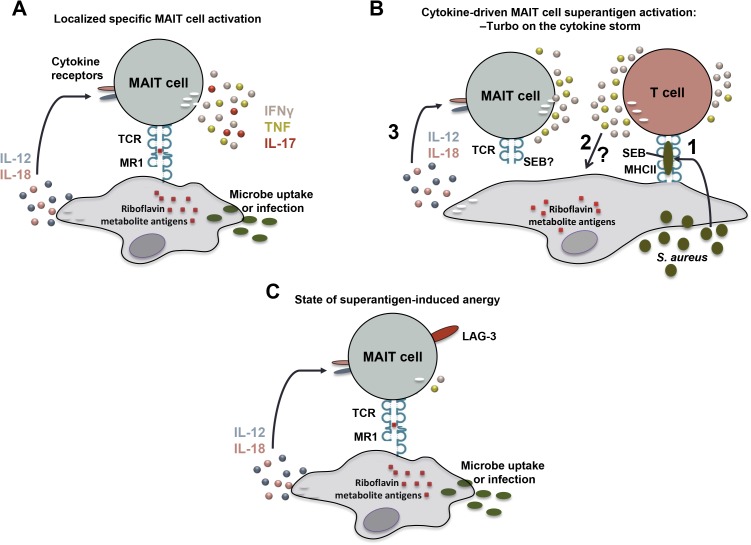Fig 1. Deception and diversion of MAIT cell responses by bacterial superantigen.
(A) Mucosa-associated invariant T (MAIT) cells recognize bacterial riboflavin metabolites presented by major histocompatibility complex class-Ib related protein 1 (MR1) molecules. This response is enhanced by interleukin 12 (IL-12) and interleukin 18 (IL-18) produced by the antigen-presenting cell. (B) Staphylococcal enterotoxin B (SEB) activates a cytokine storm by conventional T cells, which in turn strongly activates MAIT cells. This MAIT-cell response enhances the already ongoing cytokine storm. There is also some contribution of direct SEB effects on a small fraction of MAIT cells via their T-cell receptor (TCR). (C) After the cytokine storm, MAIT cells become hyporesponsive and this anergic state depends at least partly on the inhibitory receptor lymphocyte-activation gene 3 (LAG-3).

